Foreword reads:
'This set of photographs was taken in the winter 1881-2, while living in my tomb at Gizeh, boating up the Nile to Thebes, and tenting there, and about Memphis. In settling what was worth taking I have left out all that has been done before as far as I know; only taking well know things when I wished to shew what was not well known about them. Hence this is more a set to fill up gaps, than to be thought of as a whole in itself. Nevertheless I have tried always to make sure of having one of the best bits of workmanship of each age, so that more should be left out. For the small size of the plates there is good ground, as I often had to carry the camera with a score of plates, through a long days walk over the sandy desert or climbing the cliffs of the Nile valley; hence a bigger size would have just hindered taking the more out of the way & less known sights. Many of these prints are lighter and paler than photographers always take them, as the darker hues are so untrue to the feeling of the brightness and glare of sun-baked Egypt. Often however I yield the truer shade for the sake of shewing more sharpness in little things. I have no wish as a mere beginner that these should be put beside the work of those who make it a business; and it would have been better for my sake to have kept back many of them; but they are here to shew what is, and not how it might be shewn. Sometimes a sand storm would blow showers of sand on to the stock of plates, spotting them with "pinholes", and thus making black specks all over the prints; but as the outlines are always hurt by blocking out the sky, I thought it best to leave the plates as they are, telling their own tale. So hard is it thought in Egypt to get good skies, owing to heat, sand, & other things, that the best photographers there always block them out; thus losing the sweetest bit of a good photograph.
Many plates have been set upon in the night by some crawling or creeping plague that ate off patches of the gelatine film while moist; and some were marred by the dusty feet of a mouse. The stretches of glaring sand or white stone chips that often fill the foreground are most unhappy to shew in a photograph. Those plates that have water in the foreground were taken from a Nile boat, mostly while going; hence they needed to be instantaneous, as well as those of Arabs. The plates were nearly all Edward's dry plates, a few (of Medûm) being the Uranium dry plates which do not seem quite so good.
The camera was made of sheet tin, joined to a box which held 25 plates; the plates were taken out & put into the camera by hand, inside a dark bag joined to the box and camera: thus no plate holders were wanted, and I got rid of much needless weight. The stop generally used for still objects in the open air was 1/16 inch; and the definition in good plates is sharp to 1/1500 inch.
The plates are best seen in a strong light, and with a magnifier; the proper distance of the eye for true perspective is 6 inches.
W.M. Flinders Petrie.'



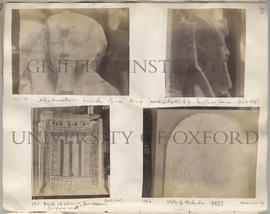
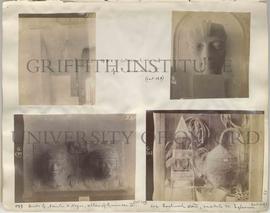
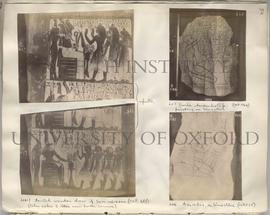
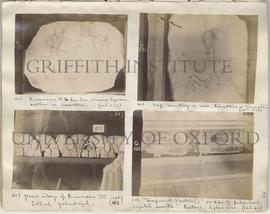
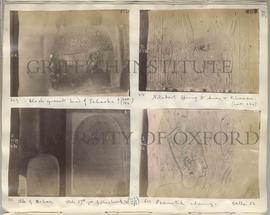



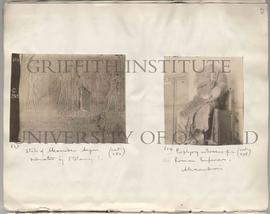

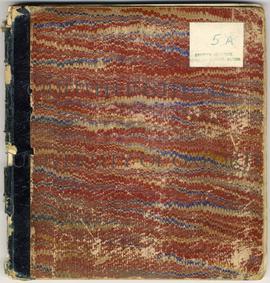
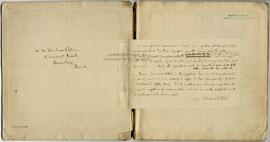
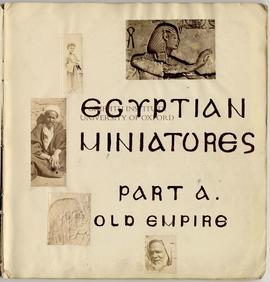
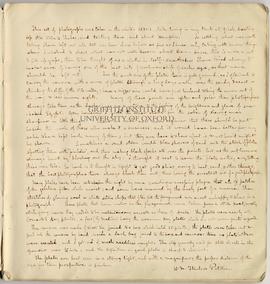
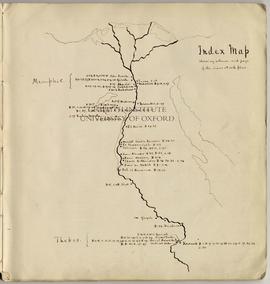

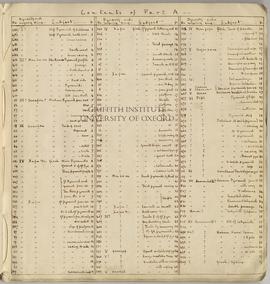
![[485] Step pyramid of Sakkara, from S.W.](/uploads/r/null/b/2/d/b2dd0b1ab4f648231eff27077aa84eafe77fa2f6477f29c3ad188ca349979a66/Petrie_5_5_01_485_res600ppi_142.jpg)
![[482] Older finished casing (No 3 of 480) covered by later addition.](/uploads/r/null/f/1/6/f1660315976ceea9071a6f66ef18f902011042ce92128cef6631ff23e379a62e/Petrie_5_5_01_482_res600ppi_142.jpg)
![[480] Step Pyramid, South face.](/uploads/r/null/d/9/7/d97f249f5bb24bdcb7f86e7a69643ce368577379cfc352a3868f81d58b10837f/Petrie_5_5_01_480_res600ppi_142.jpg)
![[481] Old finished casing of the addition in 482 (No 4 of 480)](/uploads/r/null/c/1/e/c1ef788ab4b147dd97e9b5769c7bf47203d66f819ba365cda98dcabaf06e9efb/Petrie_5_5_01_481_res600ppi_142.jpg)
![[483] Two finished casings on South side, near middle of face.](/uploads/r/null/3/8/a/38ae1f0e95def38f22c169fe930ffe5bbc8ba0f7fcb5a86e7fa440e8ec8571a0/Petrie_5_5_02_483_res600ppi_142.jpg)
![[484] Older finished casing (No 1 of 483 & 485)](/uploads/r/null/c/3/5/c35cc5bceba6938f4692b1378008d4061456f645ca6a6469f66e9ffa837081fc/Petrie_5_5_02_484_res600ppi_142.jpg)
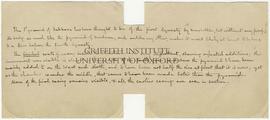
![[412] Profile of West side of Abu Roash pyramid.](/uploads/r/null/8/f/9/8f9d2fc06c391ad8d4b03ef3b19fbb7f6270b41ed9dddef8a2aed883a8849e23/Petrie_5_5_03_412_res600ppi_142.jpg)
![[415] End of passage and E. side of chamber, 30 ft high.](/uploads/r/null/1/e/2/1e260d61eed340b589f97bbd90b679daea1290c2fd9be63e1cac0bc7a96b6f98/Petrie_5_5_03_415_res600ppi_142.jpg)
![[413] Passage of pyramid cut in the rock.](/uploads/r/null/7/e/5/7e5ac144aa8e7a57bc001f1830c40162705e298fe6e51db4a0fd5de82b5a164b/Petrie_5_5_03_413_res600ppi_142.jpg)